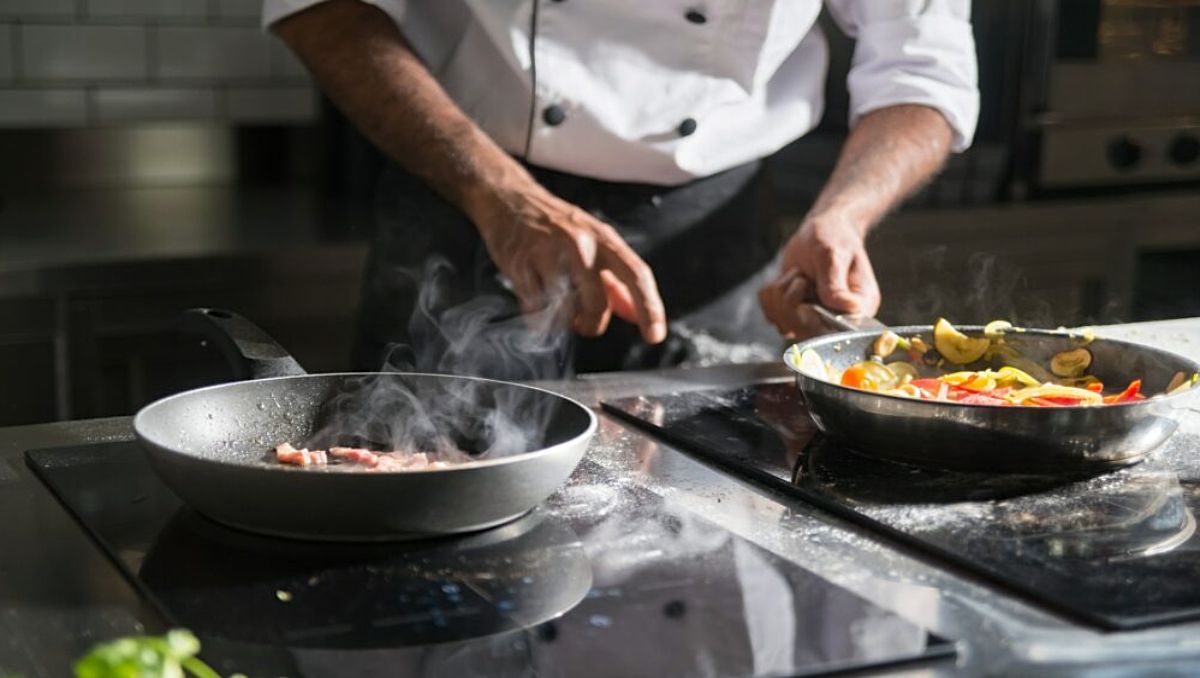Are you tired of sticking and burning your food while cooking? Well, fear not, because Teflon is here to save the day! Or is it? You might be surprised to learn that this once-beloved non-stick coating may not be as safe as you think. In fact, there has been a growing concern about the potential health risks associated with Teflon and its main component, PFOA.
Teflon, commonly associated with PTFE, is not globally banned. While there are concerns about the potential release of toxic fumes from PTFE, it continues to be widely used in various products, especially cookware. Regulations surrounding Teflon vary among countries.
In this article, we will explore the current regulations and bans on Teflon and PFOA around the world. We will also delve into the possible health risks posed by these substances and provide you with some safe alternatives to consider.
Is Teflon Still Used in Cookware?
Teflon, a brand name associated with the nonstick coating polytetrafluoroethylene (PTFE), is still commonly used in cookware. PTFE’s non-stick properties have made it a popular choice for kitchen products, including frying pans and baking sheets.
However, concerns have been raised about the safety of PTFE when exposed to high temperatures, as it may release toxic fumes. In response to these concerns, some manufacturers have introduced alternative nonstick coatings that claim to be more heat-resistant and durable.
While items that have Teflon remains prevalent, advancements in cookware technology have led to the development of alternative nonstick coatings. Manufacturers are increasingly exploring innovative materials and technologies to enhance the performance and safety of nonstick cookware.
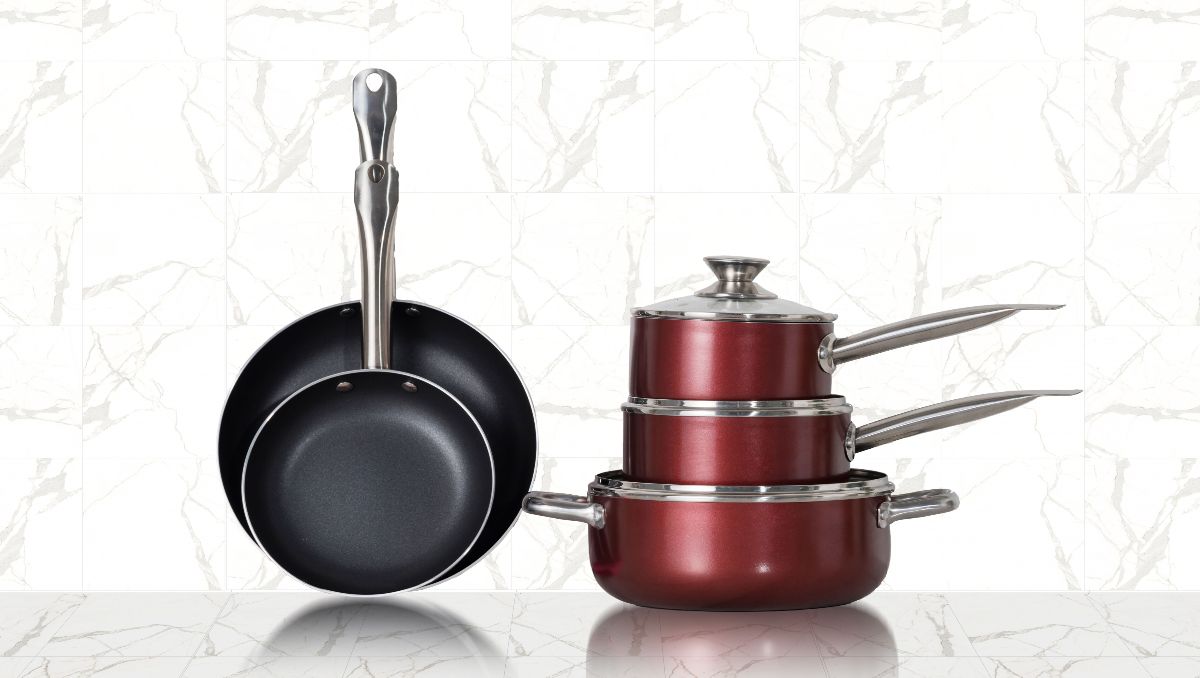
Ceramic-based coatings, for example, have gained popularity as a potential substitute for traditional Teflon coatings. These alternatives aim to provide similar nonstick benefits while addressing some perceived drawbacks of PTFE.
As consumers become more conscious of health and environmental considerations, the cookware market continues to evolve, offering various options for those seeking nonstick solutions beyond Teflon.
Consumers now have access to various nonstick cookware options, each with unique features and composition. Whether opting for traditional Teflon or exploring newer alternatives, individuals must make informed choices based on their preferences and concerns.
Regulations and Bans on Teflon and PFOA
Teflon has faced significant scrutiny due to its environmental impact and health concerns associated with a PFOA chemical. As a result, many countries and jurisdictions have taken action to restrict or ban the use of Teflon in various applications. In response to these regulations, the industry has been compelled to seek alternatives to Teflon.
Manufacturers have developed new coatings using ceramic, silicone, or other materials that offer similar non-stick properties without the potential risks associated with PFOA. These alternatives are gaining popularity among consumers, who are becoming more aware of the potential dangers of traditional Teflon coatings.
Regulatory enforcement is crucial in ensuring compliance with these bans and regulations. Government agencies monitor manufacturing processes and product labeling to ensure that Teflon is not being used in violation of these restrictions. Companies found in violation may face fines or legal consequences.
As consumer awareness grows regarding the environmental impact and health risks associated with Teflon and PFOA, regulations banning their use become increasingly important. The industry’s response has focused on developing safer alternatives that meet consumer demands for functionality and safety.
Teflon Bans in Different Countries
Many countries have varying degrees of regulation and bans on Teflon and its associated chemicals based on their safety assessments.
| Continent | Country | Ban Status | Acceptable Alternatives |
|---|---|---|---|
| North America | United States | No complete ban, but PFOA was phased out between 2004 and 2015 | Stainless steel, cast iron, ceramic, enameled cast iron |
| South America | Brazil | No complete ban, but PFOA is regulated | Stainless steel, cast iron, ceramic, glass |
| Europe | European Union | PFOA banned in 2008 | Stainless steel, cast iron, ceramic, glass |
| Asia | China | Voluntary guidelines for manufacturers to phase out PFOA since 2009 | Stainless steel, cast iron, ceramic, stone |
| India | PFOA banned in non-stick cookware and other consumer products since 2012 | Stainless steel, cast iron, ceramic, glass | |
| Japan | PFOA classified as a Class 2 Designated Chemical in 2015 | Stainless steel, cast iron, ceramic, glass | |
| Africa | Egypt | No known regulations on PFOA | Stainless steel, cast iron, ceramic, glass |
| Nigeria | No known regulations on PFOA | Stainless steel, cast iron, ceramic, glass | |
| Oceania | Australia | PFOA phased out since 2009 | Stainless steel, cast iron, ceramic, glass |
| New Zealand | PFOA phased out since 2011 | Stainless steel, cast iron, ceramic, glass | |
| Antarctica | Antarctica | No known regulations on PFOA | Stainless steel, cast iron, ceramic, glass |
In the US

Although Teflon is not currently banned in the US, there have been ongoing discussions regarding its potential environmental and health impacts. Concerns about the health effects of Teflon have led to a search for safer alternatives for both consumers and the environment.
While Teflon is not banned in the United States, the use of PFOA, a chemical used in manufacturing Teflon, was phased out in the United States between 2004 and 2015. PFOA is a potential health hazard that has been linked to cancer, liver damage, and other health problems.
In 2012, the Environmental Protection Agency (EPA) reached an agreement with eight major Teflon manufacturers to phase out the use of PFOA. The agreement required the companies to reduce their emissions of PFOA by 95% from 2000 levels by 2010 and to eliminate their use of PFOA by 2015.
All Teflon made in the United States since 2015 has been made without PFOA. However, some imported Teflon cookware may still contain PFOA.
PFOA is also found in a variety of other consumer products, including:
- Stain-resistant carpet and upholstery
- Food packaging
- Cleaning products
- Paints and sealants
- Cosmetics
In the UK
Teflon was banned in the United Kingdom in 2005 due to concerns about the health risks associated with PFOA, a chemical used in the manufacturing of Teflon at the time.
The ban on PFOA in the UK resulted from a voluntary agreement between the UK government and eight major Teflon manufacturers, including DuPont, 3M, and Chemours. The agreement required the companies to phase out the use of PFOA in the UK by 2015.
All Teflon made in the UK since 2005 has been made without PFOA, and therefore, there is no need for a ban on Teflon itself. However, it is essential to note that some imported Teflon cookware may still contain PFOA. If you are concerned about the safety of your Teflon cookware, you can check to see if it contains PFOA by looking for the PFOA-free label.
In addition to PFOA, Teflon has been linked to other health problems, such as polymer fume fever. This respiratory condition can be caused by inhaling fumes from overheated Teflon cookware. Polymer fume fever can cause flu-like symptoms, coughing, and shortness of breath.
In Europe
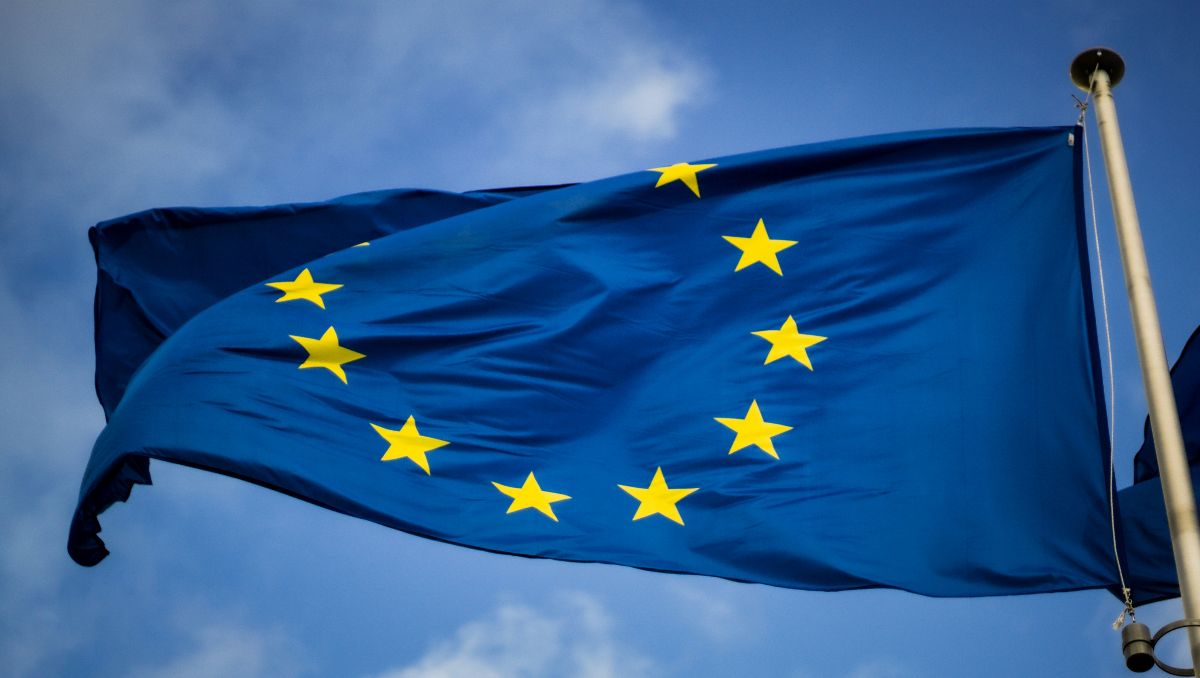
Teflon itself is not banned in Europe. However, PFOA, a chemical used in the manufacturing of Teflon, was banned in the European Union (EU) in 2008 due to concerns about its potential health risks.
The ban on PFOA in the EU resulted from a European Commission directive that restricted the use of PFOA and related substances in a variety of products, including Teflon cookware. The directive required companies to phase out the use of PFOA by 2010.
In 2023, the European Chemicals Agency (ECHA) proposed a further restriction on the use of PFAS, including PFOA and PFOS, in a wide range of products, including Teflon cookware. The proposed restriction is currently under review by the EU Commission and the European Parliament. If the restriction is adopted, it would effectively ban the use of Teflon cookware in the EU.
In Other Countries
Teflon is not globally banned but restricted in various countries due to its potential health hazards.
Here’s a summary of Teflon’s status in some selected regions:
| Countries | Regulatory Measures/Actions |
|---|---|
| Australia | Voluntary guidelines since 2009 to phase out PFOA in Teflon production. PFOA-containing Teflon products have slowly disappeared. |
| Canada | PFOA was added to the Domestic Substances List in 2006; Proposed classification as a hazardous substance under Canadian Environmental Protection Act (CEPA) in 2015. |
| China | Action plan in 2016 to phase out PFOA by 2030; Stricter environmental regulations for fluorochemical manufacturing. |
| India | Ban on PFOA in non-stick cookware and other consumer products since 2012 by India’s Central Pollution Control Board. |
| Japan | PFOA classified as Class 2 Designated Chemical in 2015; Manufacturers required to provide information on use and risks. |
Additionally, regulations regarding Teflon and PFOA may be subject to change over time.
PFOA – The Hazardous Element in Teflon
PFOA, the hazardous element found in Teflon, has raised concerns about its potential health risks. The environmental impact of PFOA contamination is a significant concern. PFOAs can persist in the environment for long periods and accumulate in soil, water, and wildlife. This contamination poses a risk to ecosystems and can harm plants and animals.
Regarding human health, long-term exposure to PFOA has been linked to various adverse effects. Animal studies have shown that it can cause reproductive problems, liver damage, and an increased risk of certain cancers. Additionally, studies on exposed populations have suggested potential links between PFOA exposure and thyroid disease, kidney cancer, and developmental issues in children.
Consumer awareness of PFOA in everyday products is crucial for minimizing exposure. Many industries have taken steps to reduce or eliminate the use of PFOA in their products due to growing concerns. However, it is still important for consumers to be vigilant when purchasing items such as non-stick cookware or waterproof textiles.
The industry’s response to regulation and bans on PFOA varies. Some companies have voluntarily phased out its use, while others continue to defend its safety despite mounting evidence suggesting otherwise. Overall, ongoing research and regulatory efforts aim to address the hazards associated with PFOA exposure while ensuring consumer safety and environmental protection.
Possible Health Risks from PFOA
While the evidence regarding PFOA’s health effects is inconclusive, some studies and assessments suggest potential health risks. Here are some of the possible health risks associated with PFOA and burnt Teflon exposure:

Cancer: Some studies have suggested a potential link between exposure to PFOA and an increased risk of certain cancers, particularly kidney and testicular cancer. However, the evidence is inconsistent, and more research is needed to establish a clear causal relationship.
Reproductive and Developmental Effects: PFOA exposure has been associated with adverse effects on reproductive organs and development in animal studies. Some human studies have suggested possible associations with reduced fertility and developmental issues, but the evidence is not yet definitive.
Liver Damage: PFOA has been shown to accumulate in the liver, and prolonged exposure may be associated with liver damage. Studies on workers exposed to PFOA have reported elevated liver enzymes, which can be an indicator of liver dysfunction.
Immune System Effects: Some studies suggest that PFOA exposure may impact the immune system, potentially leading to weakened immune responses. However, these effects’ exact nature and significance are still under investigation.
Cholesterol Levels: PFOA exposure has been linked to changes in cholesterol levels, including increases in total cholesterol and low-density lipoprotein (LDL) cholesterol. Elevated cholesterol levels are a risk factor for cardiovascular diseases.
It is important to note that regulatory agencies, such as the U.S. Environmental Protection Agency (EPA) and the European Food Safety Authority (EFSA), have set guidelines and limits for PFOA exposure in drinking water and food. Many manufacturers have also taken steps to reduce or eliminate the use of PFOA in their products.
The Best Safe Teflon Alternatives
Several safe alternatives to traditional Teflon-coated cookware are available, each with unique features. Here are some popular alternatives that are considered safe:
Cast Iron
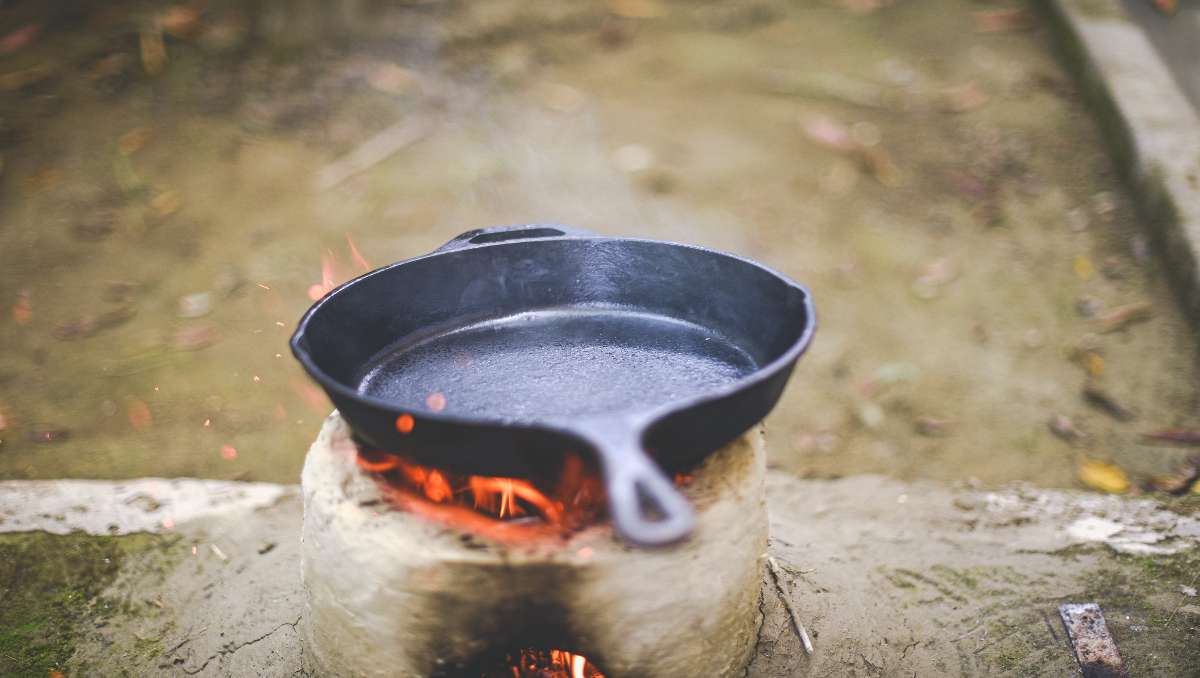
Advantages: Cast iron is known for its durability and even heat distribution. When correctly seasoned, it can develop a natural nonstick surface over time.
Usage Tips: Seasoning and proper maintenance are crucial for preventing rust and maintaining the nonstick qualities of cast iron.
Ceramic-Coated Cookware
Advantages: Ceramic coatings are generally considered safe and free from PTFE and PFOA. They provide nonstick properties without the potential health concerns associated with Teflon.
Usage Tips: To prolong the lifespan of ceramic-coated cookware, avoid using metal utensils, as they can scratch the surface.
Hard-Anodized Aluminum
Advantages: Hard-anodized aluminum pans have undergone a process that makes them durable and resistant to scratching. They are often nonstick without the use of traditional coatings.
Usage Tips: Look for products labeled as “hard-anodized” for increased durability.
Glass Cookware
Advantages: Glass is a non-reactive material, making it a safe option for cookware. It does not release any harmful chemicals during cooking.
Usage Tips: Glass cookware is versatile but may not have non-stick properties. Use oil or other cooking aids as needed.
Stainless Steel
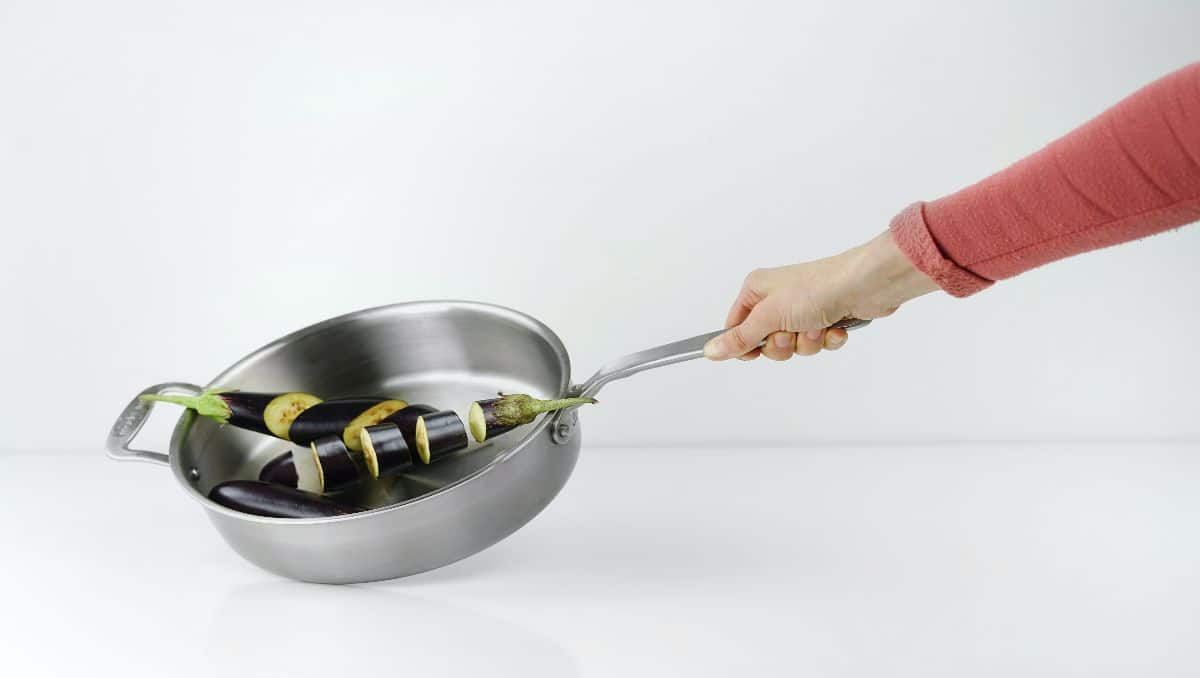
Advantages: Stainless steel is durable, sustainably-made, and resistant to scratching, and does not contain PTFE or PFOA. It is a good choice for high-heat cooking and browning.
Usage Tips: Preheat the pan before adding food, and use oil or fats to prevent sticking.
Silicone Bakeware
Advantages: Silicone is flexible, non-stick, and heat-resistant. It is commonly used for baking mats, molds, and utensils.
Usage Tips: While great for baking, silicone may not be suitable for stovetop cooking at high temperatures.
When choosing cookware, you must consider your cooking preferences, maintenance requirements, and the materials used in manufacturing.
Teflon Regulations, Realities, and Road Ahead
It is no longer a secret that Teflon, a seemingly invincible coating, has faced regulations and bans in several countries.
The hazardous element in Teflon, or PFOA, poses potential health risks that cannot be overlooked. While safe alternatives are available, it is up to you to make the right choice for your cookware.

